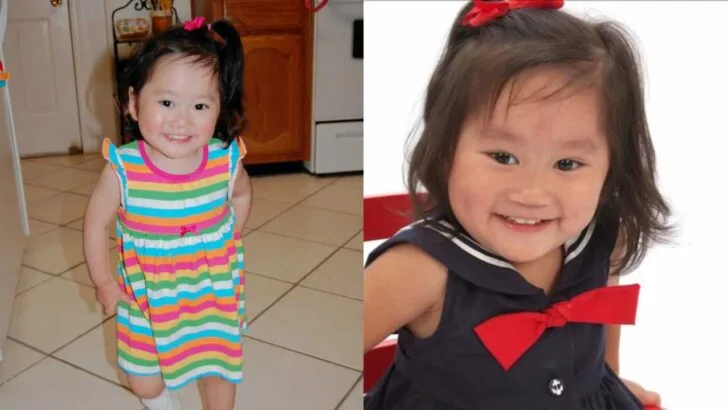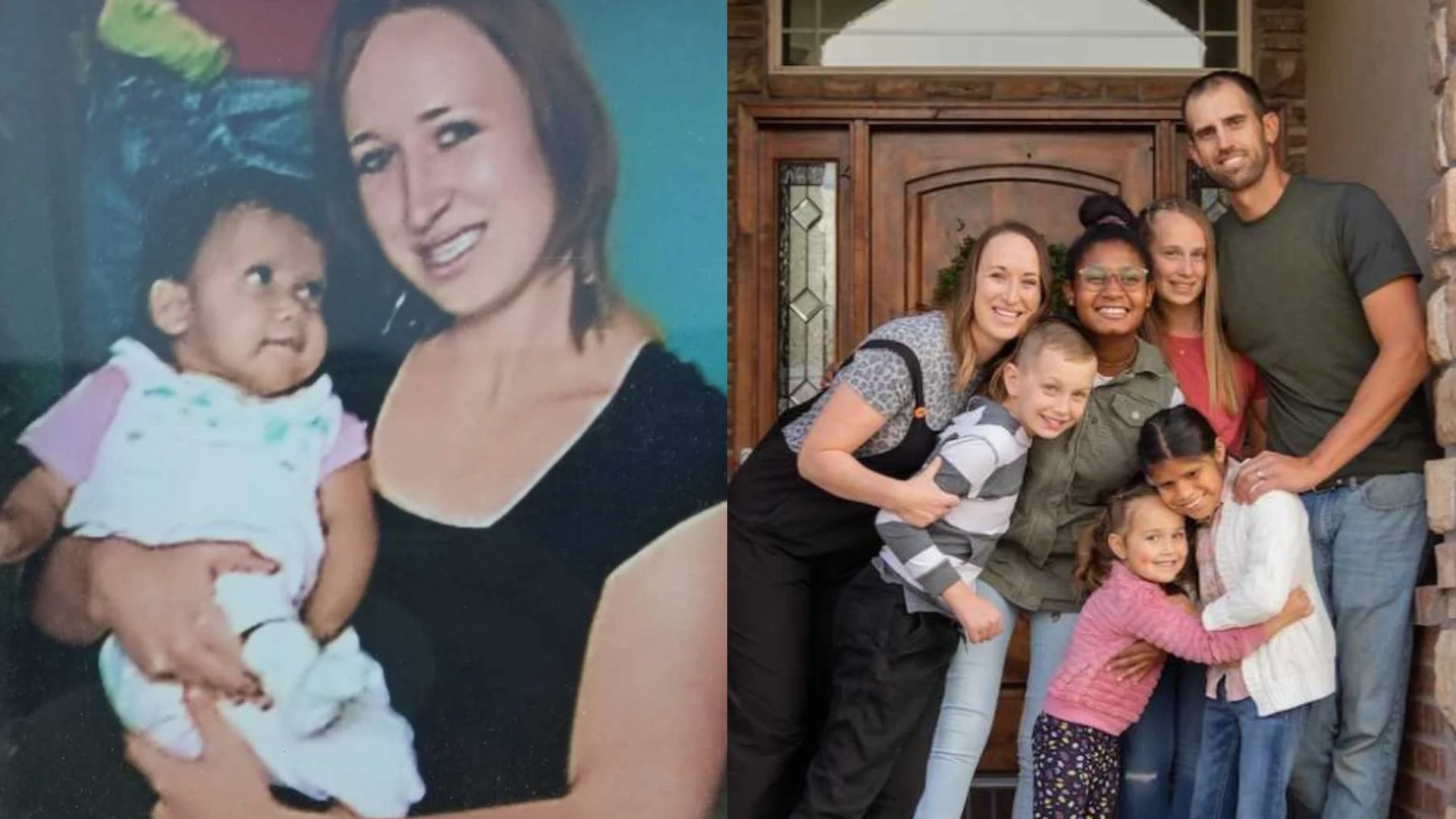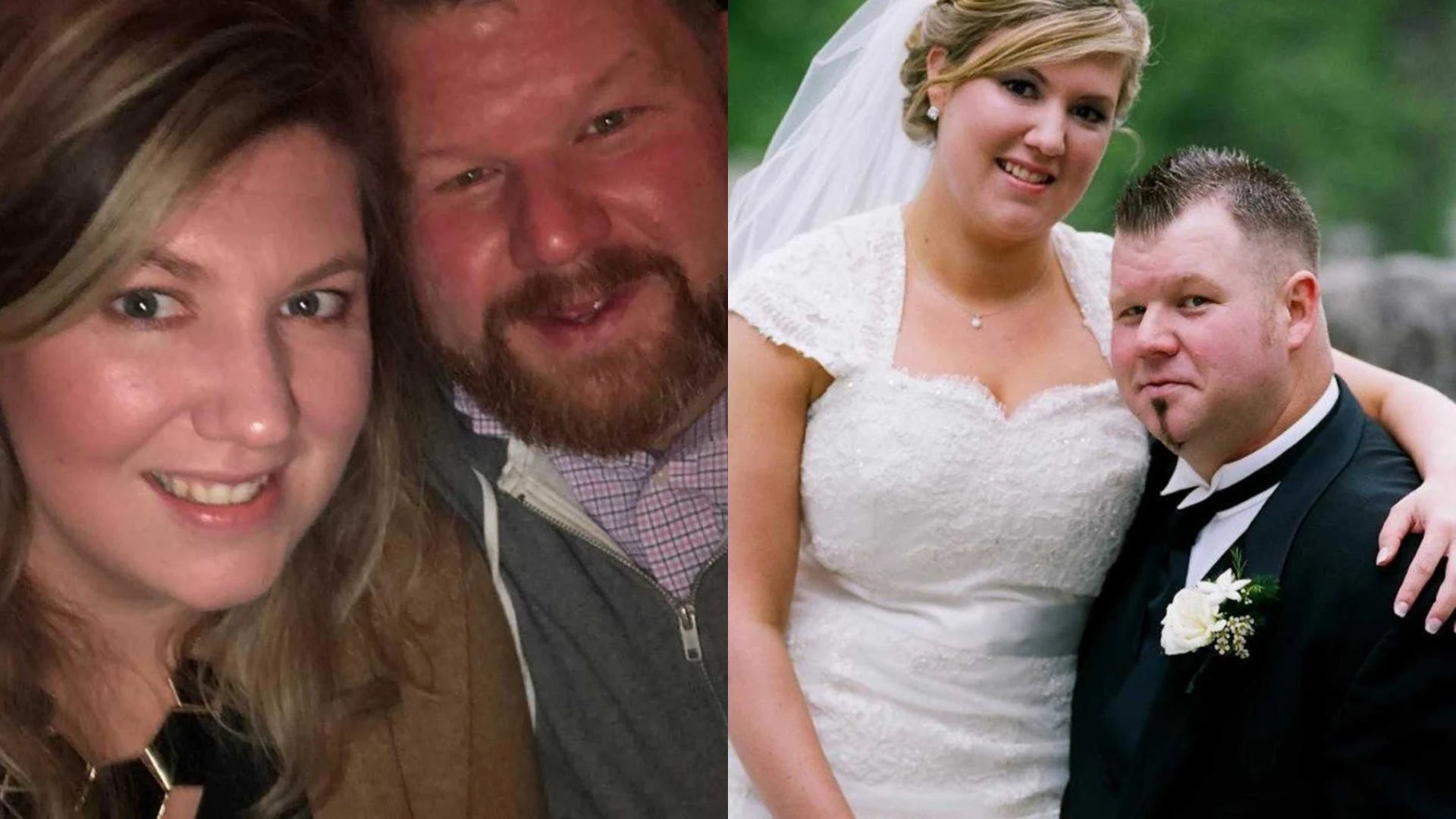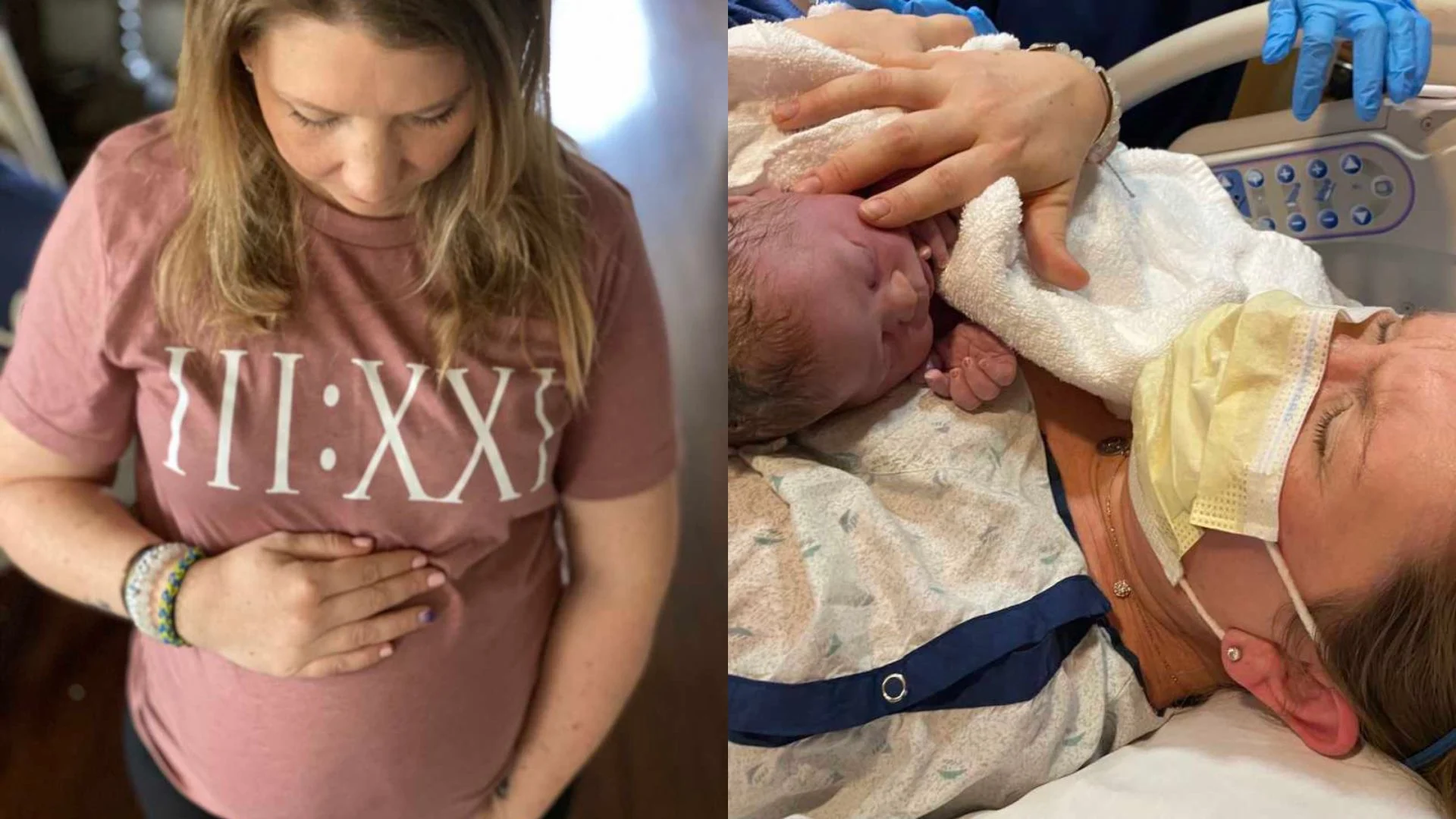Adoption wasn’t something I dreamed about as a child. Nobody I knew talked about it, and I didn’t grow up seeing it around me. The only connection I had was the little adoption certificates that came with my Cabbage Patch Dolls. My dream back then was ordinary: fall in love, get married, have children. But life didn’t follow the picture I had painted in my mind.

By my late twenties, adoption kept slipping into my thoughts. I began meeting women who were raising children on their own after adopting, and the idea slowly started to take root. It wasn’t something I jumped into overnight. I’ve always been cautious—born, raised, and still living within a few miles of where I started. For someone like me, the idea of creating a nontraditional family felt like stepping way outside my comfort zone.
When I turned thirty, I finally sat in on my first international adoption meeting. I walked out carrying a stack of brochures and an even bigger stack of questions. Could I handle being a single parent? Was it fair to a child? But then I kept circling back to the same thought: there are millions of orphans around the world. Maybe one of them was waiting for me, just as much as I was waiting for them.

After months of prayer and research, I decided on China. The country had a steady adoption system, and unlike many others, it allowed single women to apply. The road wasn’t easy it was expensive, time-consuming, and filled with paperwork—but I was ready. People in the adoption community call this stage “paper pregnancy,” because you’re waiting on a child you haven’t met yet but already hold close in your heart.

In the beginning, I applied for a child without any listed medical concerns. But things changed. The wait grew longer, stretching into years, and at the same time I felt nudged toward the special needs program. Honestly, that idea scared me to pieces. The possibilities were endless—heart defects, missing limbs, cleft palate, developmental delays. I didn’t know if I had what it would take. But then, strangely, I kept running into people who had hand or foot differences. It felt like God was whispering, “Pay attention, this is where I’m leading you.”
Five years passed before the moment finally arrived. In October of 2009, my agency emailed me a file. I opened the attachments, expecting to see a child’s face, but instead the first picture was only of her hands. They were small and different, shaped by Amniotic Band Syndrome. And right then I knew. I can’t explain it, but those were the hands of my daughter. When I clicked through to see her little face, my heart leapt. Her name was Molly.

Three months later, my brother and I boarded a plane to China. I’ll never forget the day she was placed in my arms. For me, it was pure joy, but for her, it was frightening and heartbreaking. She cried, she clung, and I felt my chest ache watching her grieve. But through those tears, she held onto me with a grip so tight it was as if she was saying, “Don’t let go.” In that moment, I knew I was hers and she was mine.

The days that followed were draining. She refused to be put down, so I carried her everywhere at meals, through the streets, even at night when we slept. But that closeness stitched us together. Just as newborns learn their mother’s voice and scent, Molly was learning me, and I was learning her.

Back home, she soon had surgery to separate her fingers and toes, which gave her more freedom to use her hands and feet. Today, Molly is thirteen bright, funny, artistic, and strong. She runs, she plays piano, she laughs loud, and she lives fully. Her differences don’t hold her back; they tell the story of who she is.

Adoption has stretched me more than I ever imagined. It opened my eyes to loss and pain, but also to resilience, grace, and love that runs deeper than fear. Molly is the greatest gift of my life. She needed a mother, and I needed her. Against all odds, we found each other, and that’s how we became a family.




